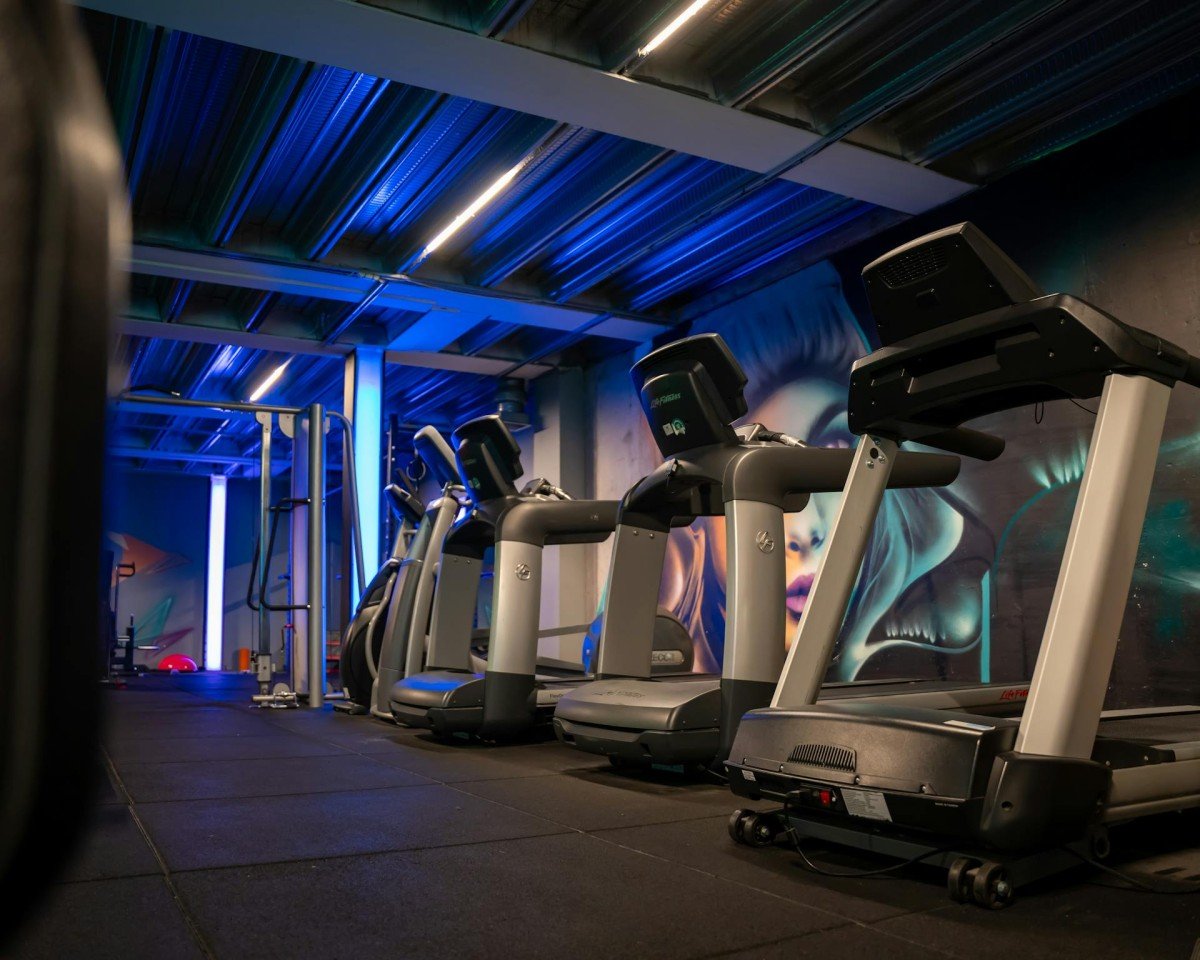A treadmill is a significant investment in your health and fitness, and proper care ensures it remains in top condition for years. Regular treadmill maintenance can prevent costly repairs, enhance performance, and extend the lifespan of your machine. Whether you own a home treadmill or manage a commercial gym treadmill, following these treadmill care and maintenance tips will keep your equipment running smoothly and efficiently.
Why Treadmill Maintenance is Important
Neglecting treadmill upkeep can lead to reduced efficiency, unexpected breakdowns, and expensive repairs. A well-maintained treadmill provides:
- Longer lifespan – Regular maintenance can prevent early wear and tear.
-
Better performance – Ensures smooth belt movement and accurate speed control.
-
Safety assurance – Prevents potential hazards such as belt slippage or overheating.
-
Cost savings – Reduces the need for frequent repairs and replacements.
1. Keep Your Treadmill Clean
Dirt, dust, and sweat can accumulate on your treadmill, leading to mechanical issues over time. Regular treadmill cleaning prevents buildup and ensures smooth operation.
How to Clean Your Treadmill:
-
Daily: Wipe down the belt, handrails, and console with a soft cloth and a mild cleaner to remove sweat and dust.
-
Weekly: Vacuum around and under the treadmill to remove debris that can affect motor function.
-
Monthly: Open the motor cover and remove accumulated dust to prevent overheating.
Using a treadmill dust cover when the machine is not in use helps protect it from dirt and moisture.
2. Lubricate the Treadmill Belt
Proper treadmill belt lubrication reduces friction between the belt and the deck, preventing wear and tear. A well-lubricated belt ensures a smooth and quiet workout experience.
Steps to Lubricate Your Treadmill:
-
Check the manufacturer’s guidelines for the recommended treadmill lubricant.
-
Lift the treadmill belt slightly and apply lubricant evenly underneath.
-
Run the treadmill at a slow speed for a few minutes to distribute the lubricant.
-
Perform lubrication every 3 to 6 months, depending on usage.
3. Check and Adjust the Belt Tension
A loose or overly tight belt can cause slippage, excessive wear, or strain on the motor. Treadmill belt adjustments should be made periodically to ensure optimal performance.
How to Adjust Belt Tension:
-
If the belt slips, tighten it slightly using the rear adjustment bolts.
-
If the belt is too tight, loosen the bolts gradually to reduce tension.
-
Ensure the belt remains centered while making adjustments.
A misaligned treadmill belt can lead to uneven wear, affecting both the belt and deck.
4. Inspect the Treadmill Motor and Components
Over time, the treadmill motor and other parts may experience wear and tear. Routine inspections help detect early signs of damage.
Inspection Tips:
-
Listen for unusual noises while operating the treadmill.
-
Check for cracks or fraying on the belt.
-
Examine the motor for overheating or excessive dust accumulation.
-
Look for error messages on the treadmill display that indicate potential issues.
5. Ensure Proper Electrical Connection
Using the wrong power source can damage your treadmill’s motor and electronics.
Electrical Safety Tips:
-
Plug your treadmill into a dedicated outlet with the correct voltage.
-
Use a treadmill surge protector to safeguard against power fluctuations.
-
Avoid using extension cords, as they can cause overheating and damage the motor.
6. Calibrate the Speed and Incline
Over time, treadmill speed calibration and incline accuracy may become unreliable. Calibration ensures smooth performance and prevents discrepancies in speed or incline settings.
How to Calibrate Your Treadmill:
-
Refer to your treadmill’s owner’s manual for specific calibration steps.
-
Most treadmills have a built-in calibration mode accessible through the console.
-
Perform recalibration every 6 to 12 months or if you notice inconsistencies in speed or incline.
7. Tighten Bolts and Screws Regularly
The vibrations from regular treadmill use can loosen bolts and screws over time, which can lead to instability.
Maintenance Steps:
-
Check and tighten all visible screws and bolts monthly.
-
Pay special attention to the frame, handrails, and belt adjustment bolts.
-
Use the appropriate tools to avoid overtightening, which could damage components.
8. Store Your Treadmill Properly
If you need to store your treadmill for an extended period, proper storage prevents damage and ensures that it functions well when used again.
Storage Tips:
-
Keep the treadmill in a cool, dry place away from direct sunlight.
-
Fold the treadmill (if applicable) and cover it to prevent dust accumulation.
-
Unplug the machine if it won’t be used for a long time.
For small home gyms, choosing a folding treadmill can save space and make storage more convenient.
9. Monitor Your Treadmill’s Performance
Be aware of any changes in how your treadmill operates, as this can indicate potential maintenance needs.
Signs That Maintenance is Needed:
-
The treadmill belt moves unevenly or feels rough.
-
The motor emits unusual sounds or overheats.
-
The console displays error codes indicating mechanical issues.
-
The incline or speed does not adjust properly.
If you notice persistent problems, contacting a professional treadmill technician for servicing is recommended.
10. Schedule Professional Maintenance
While regular at-home maintenance can prevent many issues, professional treadmill servicing is recommended for deep inspections and repairs.
Professional Maintenance Checklist:
-
Comprehensive treadmill motor cleaning.
-
Full belt and deck inspection.
-
Diagnosis of electronic components and console.
-
Checking shock absorption and cushioning system.
Having your treadmill professionally serviced once a year ensures that all components remain in optimal condition.
Routine treadmill care and maintenance is essential for keeping your machine in top shape, preventing breakdowns, and ensuring a smooth workout experience. By following these essential maintenance tips—such as regular cleaning, belt lubrication, proper electrical setup, and calibration—you can extend the lifespan of your treadmill and maximize its performance.
A well-maintained treadmill will not only provide a safer workout experience but will also save you money in the long run by reducing repair costs. Whether you own a commercial treadmill or a home fitness treadmill, following these simple yet effective maintenance practices will keep your machine running like new for years to come.



